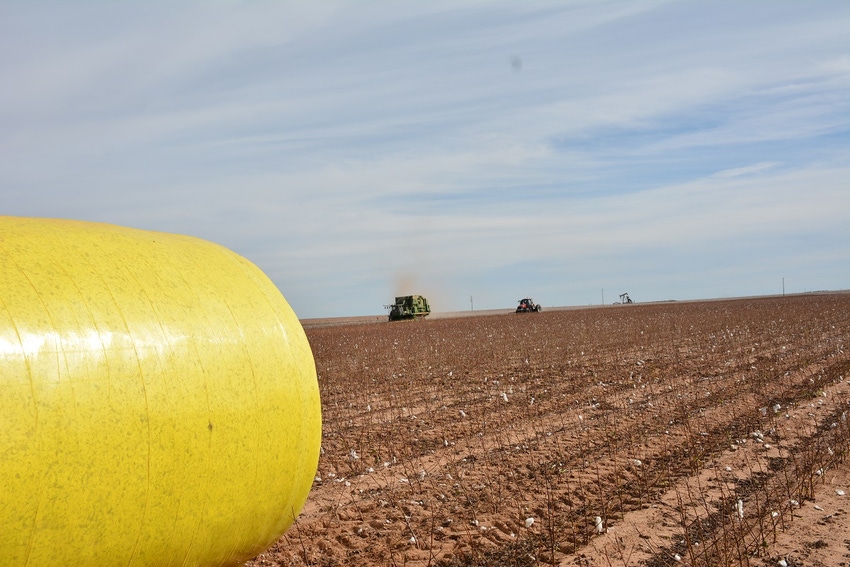April 22, 2016

Friday April 15 was the traditional day of reckoning for U.S. taxpayers (although for bureaucratic reasons, taxes were actually due on April 18).
It turns out that April 15, for Chinese bureaucratic reasons, may also have been the day of reckoning for the world cotton market. For on that date, China’s National Development and Reform Commission (NRCD) made a long-awaited announcement about how and when they will begin selling off their cotton reserves.
For the latest on southwest agriculture, please check out Southwest Farm Press Daily and receive the latest news right to your inbox.
To review, that is the 50-something million bales of government reserves the NRCD acquired from buying up mostly domestic cotton between 2011 and 2013, at over $1.40 per pound. In holding this much cotton off the market, China has kept its own price and world prices artificially high for years. It has only been recently that world cotton prices have been lower, and that Chinese prices are coming more in line with world prices (see Figure 1).
One relevant — and somewhat surprising — detail in the April 15 announcement was the proposed quantity of reserve sales. The announced plan is for up to roughly 2 million metric tons, or about 9 million bales, which is twice as much as was proposed for sale in the summer of 2015 (which turned about to be a non-event). The announced policy set limits on daily sales in an apparent attempt to avoid the effect, or at least the appearance, of dumping.
A MARKET TEST
The sales/auctions are also expected to be more influenced by market prices, although this remains to be seen. This pricing aspect is important, as it might provide the first real market test of the quality of the bales in the reserve.
For example, the structure of the “auctions” in the summer of 2015 basically offered reserve cotton for a $1.30+ per pound, and found few takers. Some concluded this was evidence of the poor quality of the reserves. But it was only clear evidence that the reserve offerings, whatever their quality, were not a value at that price.
Will they sell if they reflect a more relevant base price, e.g., China’s CNCE cotton futures around 85 cents per pound (Figure 1), and perhaps adjusted lower for poor quality? This remains to be seen.
The timing of proposed reserve sales is also a relevant detail. The sales will occur from early May through the end August. This appears timed to cause minimum disruption, as it would not overlap with new crop supplies. That is a good thing, to the extent that it actually minimizes market disruption and hopefully reflects Chinese intentions for such.
IMPLICATIONS OF SALES
There are various long run and short run implications as this policy unfolds. If reserve sales are successful, it means that extra supplies will enter circulation. The short run effect of this will depress prices (in fact, expectations of this already have depressed prices).
However, the longer run effect will be to whittle down excess world supplies and bring them back into balance with demand. Until that happens, I expect the continued effect of the China reserves to represent a cap on world prices.
I also expect that poorer grade new crop cotton will continue to suffer discounts because it is being lumped in with the excess supply of old crop bales. And I expect superior grade new crop cotton to benefit from its relative scarcity in the world, as it has for several years.
For additional thoughts on these and other cotton marketing topics, please visit my weekly on-line newsletter.
| |
|
|
|
|
About the Author(s)
You May Also Like




